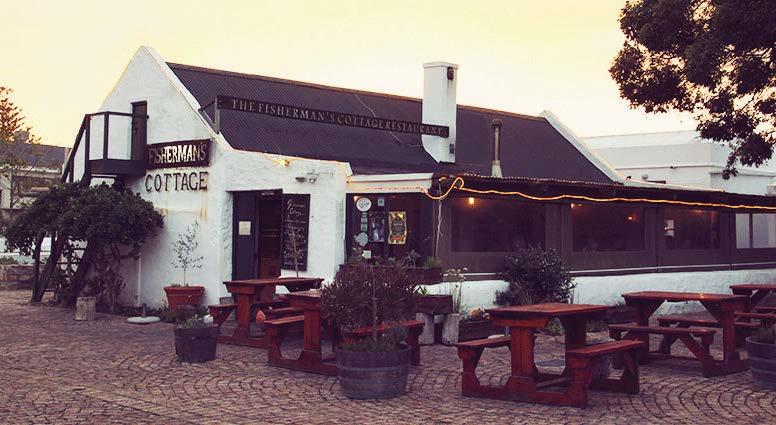14
www.thevillagenews.co.za
13 May 2020
MY ENVIRONMENT
PHOTO: Ariane Mueller
Our blood is blue "On beaches all along the Delaware Bay, the mating ritual of horseshoe crabs has played out for millions of years during the annual breeding season." – Delaware Beach Life magazine
1
By Anina Lee
N
o, I have not switched allegiance to the rugby team north of the Jukskei River. I’m talking about an animal that has hardly changed in half a billion years – the Horseshoe crab. These primitive animals were around long before the dinosaurs and survived ice ages and asteroids. So well are they adapted to their particular ecological niche that there has been little evolutionary pressure on them to change. Many years ago, when I was young, Horseshoe crab specimens were imported from the USA for zoology students at a local university to study as an example of a very early primitive animal. It certainly looked very strange and ancient. In those days, before we learned about biological extinctions, we had no concerns for the possible destruction of a species that can be regarded as a ‘living fossil’. Horseshoe crabs are in fact today classified as ‘threatened’. Their
greatest threat is the fact that they have commercial value – around half a billion dollars per year. But before I elaborate on that, let’s look more closely at the animal.
centre. The spines are movable and help protect the Horseshoe crab. On the underside of the abdomen are muscles, used for movement, and gills for breathing.
Horseshoe crabs resemble semi-circular armoured tanks and are an appropriate army-green to brown colour. Despite their name, they are more closely related to spiders and scorpions (arachnids) than crabs. Of the four species of Horseshoe crabs around today, Limulus polyphemus is found along North America's eastern coast from Maine to Mexico. The other three species are found in South-east Asia.
The third section, the Horseshoe crab’s tail, is called the telson. It's long and pointed, and although it looks intimidating, it is not dangerous, poisonous, or used to sting. Horseshoe crabs use the telson to flip themselves over if they happen to be pushed onto their backs.
The first section is the prosoma, or head. The name ‘Horseshoe crab’ originates from the rounded shape of the head. It's the largest part of the body and contains much of the nervous system and biological organs. The head has the brain, heart, mouth, nervous system, and glands – all protected by a large plate. The head also protects the largest set of eyes. Horseshoe crabs have nine eyes scattered throughout the body and several more light receptors near the tail. The middle section of the body is the abdomen. It looks like a triangle with spines on the sides and a ridge in the
Horseshoe crabs live in shallow seas or mud flats, where they snuffle in the sand or mud for anything edible, such as snails, clams, worms or carrion. Females are a third bigger than males and can weigh twice as much – around 4.5 kilograms. It takes about 10 years for a Horseshoe crab to grow to adult size. When it’s time to spawn, a male will cling onto a female’s back. In fact, she will not spawn until there is a male hanger-on. The female digs a hollow in the sand beneath her and lays a cluster of several thousand eggs, which are fertilised by the male clinging to her back. She repeats the process several times per night and may spawn for several nights. All told, each breeding
female can lay up to 100 000 eggs a season. So why are such profligate animals threatened with extinction? Firstly, the eggs are heavily predated by birds. Millions of birds flock to the nesting sites to gorge on Horseshoe crab eggs. But decades of overharvesting crabs has decimated their populations and turned the egg feast into near famine. Hundreds of thousands of crabs are taken every year for bait. Then there's the effect of shoreline development and habitat loss. Beaches, inter-tidal flats and deep-bay waters are all necessary for crab survival and reproduction, but are increasingly encroached upon by construction and poisoned by fertiliser run-off. However, the biggest threat to the Horseshoe crab’s survival is their blue blood. Instead of red blood cells (with iron-containing haemoglobin), their blood cells contain copper, making it blue. Horseshoes' copper-based blue blood contains a clotting agent called Limulus amoebocyte lysate (LAL). LAL detects toxins (poisons) released by bacteria and causes immediate clotting of the blood.
1. The body of the Horseshoe crab has three sections, namely the head, abdomen and tail. Females can weigh up to 4.5kg. PHOTO: Brian Harkin, New York Times 2. The Horseshoe crab has been around long before the dinosaurs but is now classified as ‘threatened’. PHOTO: HowStuffWorks
2
3. The blue blood of the Horseshoe crab is intensively harvested by biomedical companies. PHOTO: horseshoecrab.org
3
LAL is thus extremely valuable to humans. It is used by biomedical companies to test drugs, vaccines and medical devices for any bacterial contamination. The smallest contamination will make the LAL clot. LAL is therefore one of the most valuable fluids on earth, at a price of about R280 000 a litre. This has led to intensive ‘bloodletting’ of Horseshoes. In American laboratories workers stick a needle straight into the animal’s heart and draw off 30% of its blood. They are required to release the animals back into the wild, with a mortality rate estimated to be 30%. But there is no evidence of how many actually survive the ordeal, or whether they subsequently breed successfully. In the Far East, Horseshoes are bled to death with no attempt at harvesting blood sustainably. In 2018, the global pharmaceutical company, Eli Lilly and Company announced it would phase out LAL by 90% in the next few years and phase in synthetic LAL. Good news indeed.











